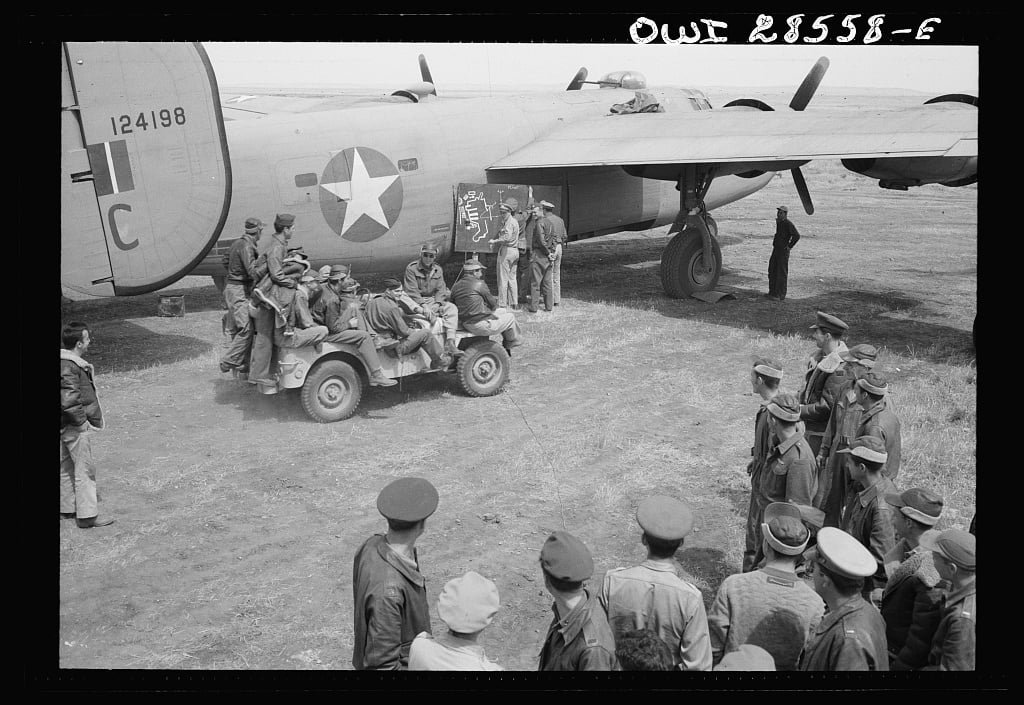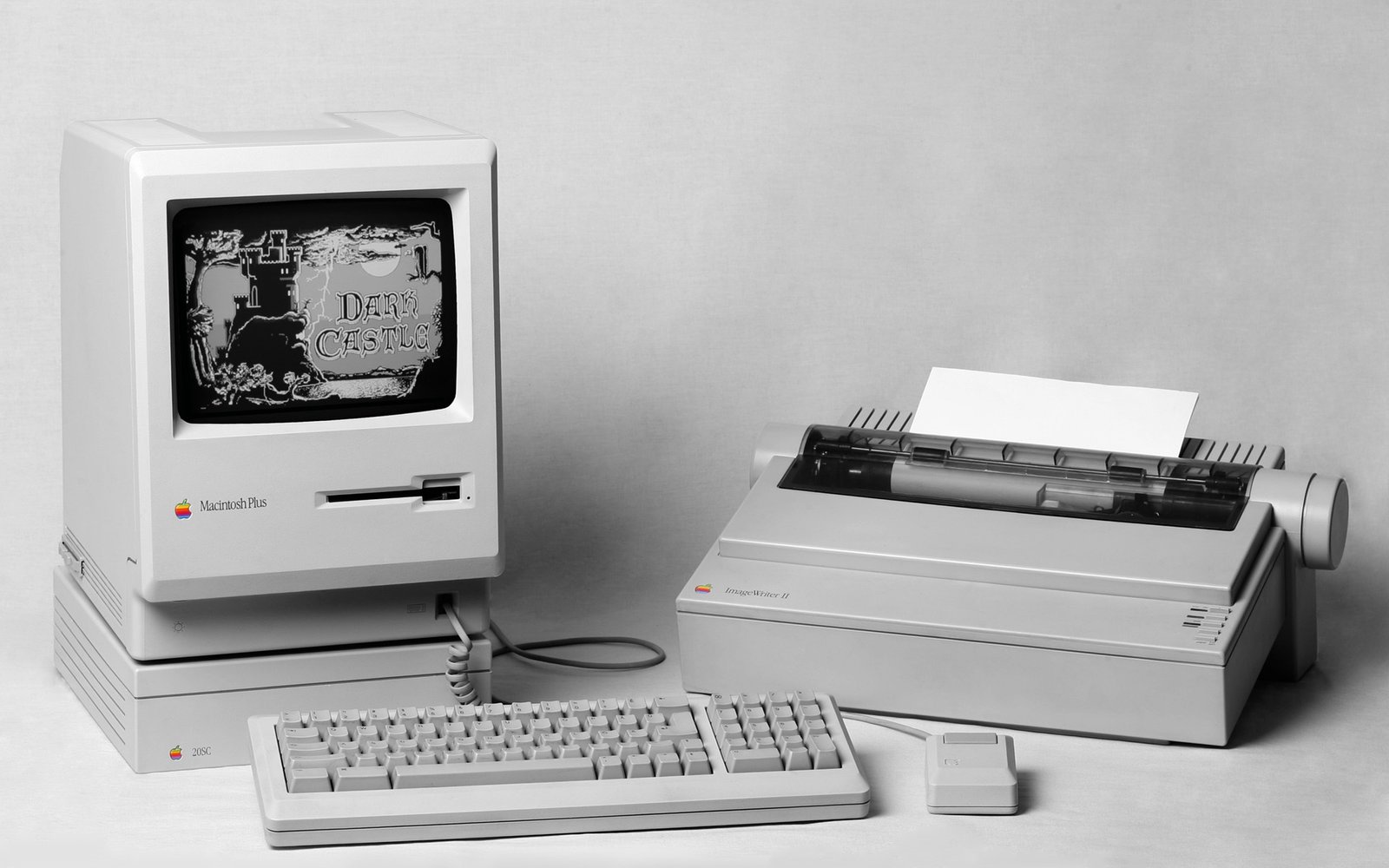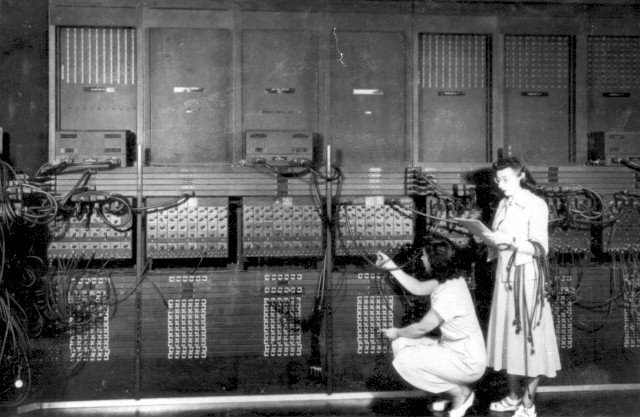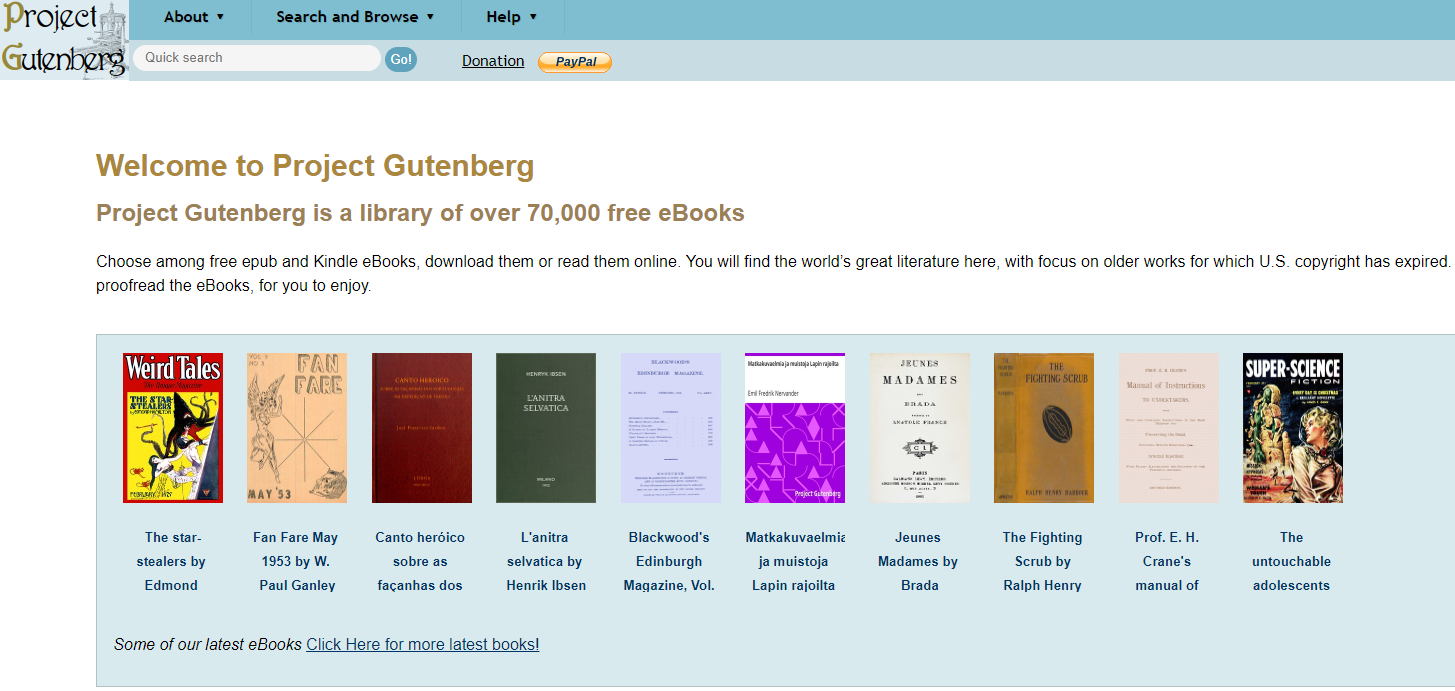The Internet has transformed every facet of our lives, from the way we communicate to how we work and access information. This monumental shift didn’t happen overnight; it was the result of a series of groundbreaking innovations and “firsts” that paved the way for the digital world we now take for granted. Each pioneering moment—from the inception of the very first network to the emergence of revolutionary platforms like email and social media—was a critical step in building the vast, interconnected network that defines our modern era.
We’ll journey through these historic milestones, uncovering the origins and impacts of these early innovations. By exploring how these firsts laid the foundation for the expansive digital landscape we navigate today, we’ll gain a deeper appreciation of the Internet’s remarkable evolution and the visionaries who made it possible.
Table of Contents
ARPANET: The First Network
The idea of the Internet originated in the 1960s, spurred by the need for a robust and reliable communication system that could endure potential disruptions, such as those anticipated during the Cold War. This necessity drove the creation of ARPANET, the precursor to today’s Internet. ARPANET was developed under the auspices of the Advanced Research Projects Agency (ARPA) of the U.S. Department of Defense. The initial goal was to build a network that could facilitate resource sharing and communication among various research institutions and defense establishments.

Who Started the Internet for the First Time?
The development of the Internet was a collaborative effort that involved many pioneering individuals and organizations. However, several key figures played crucial roles:
Leonard Kleinrock
Kleinrock was instrumental in developing the theory of packet switching, a method for breaking down data into smaller packets that could be transmitted efficiently across a network and reassembled at the destination. This concept was fundamental to the functioning of ARPANET and subsequent networks.
Vinton Cerf and Robert Kahn
Often referred to as the “fathers of the Internet,” Cerf and Kahn developed the Transmission Control Protocol (TCP) and the Internet Protocol (IP), commonly known as TCP/IP. These protocols provide the primary communication language of the Internet, enabling different networks to connect and communicate with each other seamlessly.
Tim Berners-Lee
Berners-Lee’s invention of the World Wide Web (WWW) in 1989 was pivotal in making the Internet accessible to the general public. By developing the first web browser and web server, he created a user-friendly interface that allowed people to navigate the Internet quickly and access a wealth of information.
What Was the First Network on the Internet?
ARPANET, developed by the Advanced Research Projects Agency (ARPA) of the U.S. Department of Defense, is considered the first network on the Internet. Launched in 1969, ARPANET connected four universities: the University of California, Los Angeles (UCLA), the Stanford Research Institute (SRI), the University of California, Santa Barbara (UCSB), and the University of Utah. This network allowed researchers to share resources and communicate more efficiently, setting the stage for the global Internet.
The First Message Sent Over the Internet
On October 29, 1969, the first message was sent over ARPANET, the precursor to the modern Internet, from UCLA to the Stanford Research Institute (SRI). The intended message was “LOGIN,” but due to a system crash, only the letters “LO” were successfully transmitted. Despite this technical hiccup, the event marked a significant milestone in Internet history, demonstrating the feasibility of long-distance digital communication.
This initial transmission showcased the potential of interconnected computers to share information across vast distances, laying the groundwork for future advancements in networking technology. The success of this early experiment inspired further research and development, ultimately leading to the creation of the global Internet, which has transformed communication, business, and access to information worldwide.
Email’s Humble Beginnings: The First Email

Email, now a staple of daily communication, had its humble beginnings in 1971 when Ray Tomlinson, a pioneering computer engineer, sent the very first email. Using the ARPANET, the precursor to the modern Internet, Tomlinson devised a method to send messages between different computers. The content of that first email is lost to history, likely just a test message or a string of random characters. However, Tomlinson’s innovative use of the “@” symbol to separate the user’s name from the machine’s name became a defining feature of email addresses and set a standard still in use today.
Who Were the First Users of the Internet?
The first users of the Internet were primarily researchers and academics who had access to ARPANET. These early adopters utilized the network to share information, collaborate on research projects, and explore the potential of this groundbreaking technology. ARPANET initially connected a small number of institutions, including universities and research centers, facilitating a new era of academic collaboration and resource sharing. As the network grew and more institutions joined, ARPANET evolved into the expansive, interconnected web we know today as the Internet, broadening its user base far beyond its original academic circle.
The Web’s First Site
The World Wide Web, a system for accessing information over the Internet, was invented by Tim Berners-Lee in 1989. The first website, created by Berners-Lee in 1991, was a simple page with information about the World Wide Web project. It provided details on how to create web pages and explained the basic concepts of the web. This first website, hosted on Berners-Lee’s NeXT computer at CERN, marked the beginning of the web as a tool for information sharing.
What Was First on the Internet?
The first content on the Internet, aside from communication messages and test data, was likely technical documentation and academic papers. The early Internet was a tool for scientists and researchers, so much of the initial content was related to their work and projects. This content was essential in demonstrating the practical applications of the network and encouraging further development and investment.
Archie: The Pioneer Search Engine
Before Google became the behemoth of the search engine market, there was Archie, the first search engine created in 1990 by Alan Emtage, a student at McGill University in Montreal. Archie was a pioneering tool that indexed FTP (File Transfer Protocol) sites, allowing users to locate specific files on the Internet. This innovation significantly eased the process of finding digital information, a challenging task at the time.
Though rudimentary by today’s standards, Archie marked a significant advancement in the organization and retrieval of digital content. By providing a searchable index of FTP sites, it laid the groundwork for future search engines, highlighting the growing importance of efficient information access in the burgeoning digital age.
The Genesis of E-Commerce
E-commerce is now a massive industry, but the first online transaction was a modest beginning. In 1994, a CD of Sting’s “Ten Summoner’s Tales” was sold on NetMarket, an American retail platform. This transaction is frequently cited as the first secure online purchase, utilizing encryption technology developed by Netscape.
This milestone demonstrated the potential for commercial transactions over the Internet, showcasing the viability of secure online shopping. It paved the way for the e-commerce boom, transforming how consumers purchase goods and services and laying the foundation for the digital marketplace we know today.
Social Media’s Debut
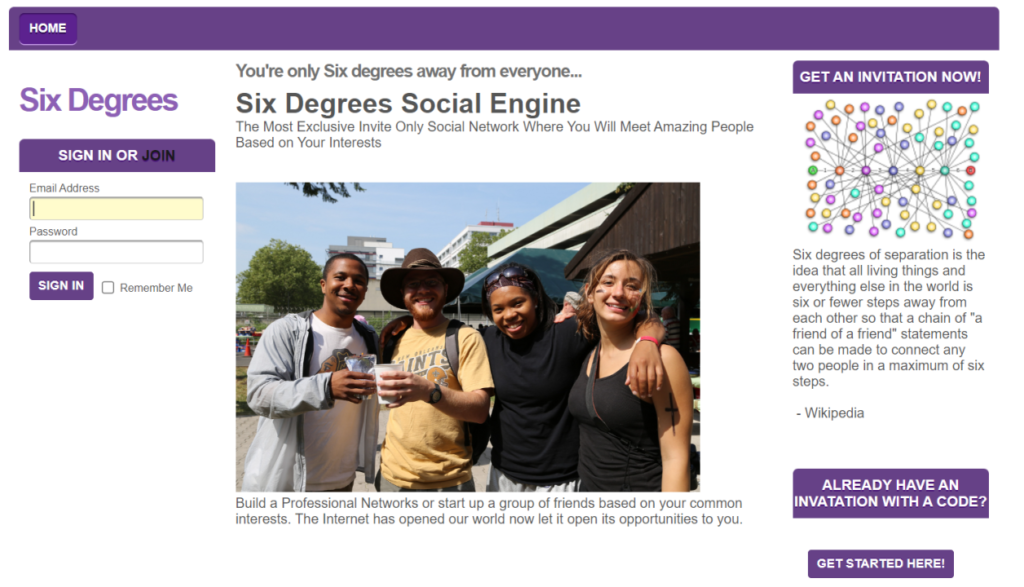
Social media has revolutionized our communication and interactions, and it all began with Six Degrees, launched in 1997. Named after the “six degrees of separation” theory, Six Degrees allowed users to create profiles, list friends, and browse friend lists, introducing the foundational features of modern social networks.
Though it shut down in 2001, Six Degrees set the stage for the emergence of popular social networking sites like Friendster, MySpace, and Facebook. It demonstrated the potential of online social connections and paved the way for the digital communities that are now integral to our daily lives.
Blogging’s Origins
The term “weblog” was coined by Jorn Barger in 1997, with the first recognized blog being his site, Robot Wisdom. Barger used this platform to share links and commentary on various topics, establishing the format for early blogs.
In 1999, Peter Merholz shortened “weblog” to “blog,” and the medium rapidly gained popularity. Blogs became a favored way for individuals to share thoughts, experiences, and expertise, spurring the creation of dedicated blogging platforms like Blogger and WordPress. This evolution transformed personal expression and information sharing on the Internet, laying the foundation for today’s diverse blogosphere.
YouTube’s Inaugural Video
YouTube, launched in 2005, revolutionized the way we consume video content. The first video, “Me at the zoo,” was uploaded by co-founder Jawed Karim and featured him at the San Diego Zoo. This 18-second clip demonstrated the potential for user-generated content to reach a global audience, marking the dawn of a new era in online video sharing.
This humble beginning paved the way for YouTube’s rapid growth, transforming it into the premier platform for videos of all kinds. It set the stage for millions of users to create, share, and engage with content, fundamentally changing how people interact with video media worldwide.
Twitter’s First Tweet
Twitter’s journey began with a simple tweet by co-founder Jack Dorsey on March 21, 2006, which read, “just setting up my twttr.” This marked the inception of a platform that would grow to be a major force in social media and news dissemination, emphasizing short-form messaging.
Twitter has since evolved into an essential tool for real-time communication, activism, and information sharing. It allows users to share updates and engage in global conversations, influencing how news spreads and how people connect in the digital age.
Facebook’s Early Days
Launched in 2004 as “The Facebook,” the platform was initially exclusive to Harvard students. Mark Zuckerberg, one of the co-founders, created the very first profile, which set the foundation for the site’s growth. This early version of Facebook allowed users to create personal profiles and connect with fellow students, initiating a new era in social networking.
As Facebook expanded beyond Harvard to other universities and eventually to the general public, it quickly evolved into the largest social media network in the world. This expansion transformed how people connect and share information, making Facebook a fundamental part of digital communication and social interaction.
Wikipedia’s First Entry
Wikipedia went live on January 15, 2001, with its very first entry, “Hello, World!”—a reference to the classic introductory programming exercise. This simple entry was symbolic, marking the launch of a project that would grow into a global phenomenon.
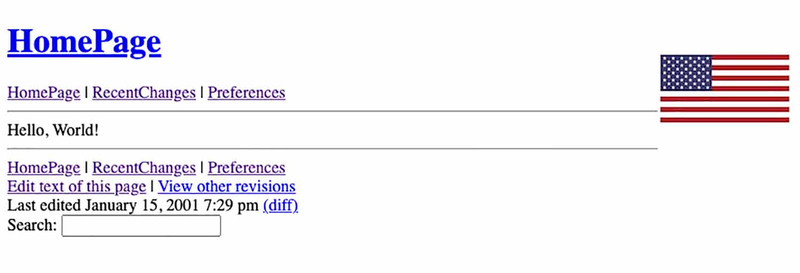
From this modest beginning, Wikipedia quickly expanded into one of the most comprehensive and widely used reference sites available. It evolved through the contributions of volunteers from around the world, who provided a vast range of information on countless topics. Wikipedia’s growth has significantly transformed how people access and share knowledge, making it a cornerstone of modern information resources.
The First Online Newspaper
On July 1, 1980, The Columbus Dispatch made history by becoming the first newspaper to launch an online version. This pioneering effort marked a significant shift in journalism, showcasing the potential of digital media to deliver news beyond traditional print.
The transition to an online format allowed The Columbus Dispatch to offer real-time updates and interactive features, setting a precedent for other newspapers. This innovation fundamentally changed the news industry, revolutionizing how information is accessed and consumed by making news more immediate and engaging in the digital era.
The Birth of Podcasting
Podcasts, a popular form of media today, originated in the early 2000s. The first podcast is widely attributed to Dave Winer and Adam Curry, who developed “iPodder” in 2004. This groundbreaking program enabled users to download radio broadcasts directly to their iPods, creating a new way to consume audio content on demand.
This innovation was pivotal in shaping the podcasting landscape. By making it possible to listen to audio content at one’s convenience, “iPodder” set the stage for the expansive and diverse podcast ecosystem we enjoy today, transforming how people access and engage with audio media.
Online Banking’s Inception
The concept of online banking was first realized in 1983 when the Bank of Scotland launched its pioneering service. This early system allowed customers to perform essential banking functions—such as checking account balances and transferring funds—using a computer terminal connected via a telephone line. This innovation marked a significant departure from traditional banking methods, which relied on in-person transactions and paper records.
By introducing online banking, the Bank of Scotland showcased the potential of digital technology to enhance financial services. This initial foray demonstrated the feasibility of managing finances electronically and paved the way for the development of modern online banking platforms. Today, online banking has become a standard feature of personal finance management, offering a wide range of services and conveniences that have revolutionized the banking industry.
The Impact of These Firsts
The pioneering moments and innovations in the early history of the Internet and digital technology laid the groundwork for its explosive growth and integration into modern life. Each milestone represented a significant advance in connectivity, communication, and information sharing. Here’s a closer look at their collective impact:
Enhanced Connectivity
ARPANET’s Creation
As the first network, ARPANET demonstrated the feasibility of linking computers over long distances, leading to the development of the modern Internet.
Online Banking
The introduction of online banking by the Bank of Scotland in 1983 made financial transactions more accessible and paved the way for the convenience of digital banking.
Revolutionized Communication
Social Media Platforms
Early platforms like Six Degrees laid the groundwork for future social networks, fundamentally changing how people connect and communicate online.
Podcasts
The advent of the first podcast created a new medium for on-demand audio content, broadening the scope of digital communication.
Transformed Information Sharing
Wikipedia’s Launch
The introduction of Wikipedia as an online encyclopedia revolutionized how information is compiled and accessed, offering a vast resource of knowledge contributed by global volunteers.
Online Newspapers
The Columbus Dispatch’s move to publish online set the stage for digital news delivery, allowing for real-time updates and interactive content.
Global Digital Community
Early Innovations
Each early technological milestone contributed to the broader integration of the Internet into various aspects of life, from social interaction to commerce.
Expansion of Services
The continuous evolution from early innovations to modern platforms has created a highly interconnected global digital community, shaping contemporary digital experiences.
The Internet’s history is rich with “firsts” that have shaped its development and our digital lives. Understanding these milestones provides insight into how the Internet evolved from a niche project for researchers into a global phenomenon that connects billions of people. As we continue to innovate and explore new frontiers online, these firsts remind us of the ingenuity and collaboration that made it all possible. By reflecting on these foundational moments, we can better appreciate the vast and dynamic landscape of the Internet today and look forward to the future advancements it will bring.



